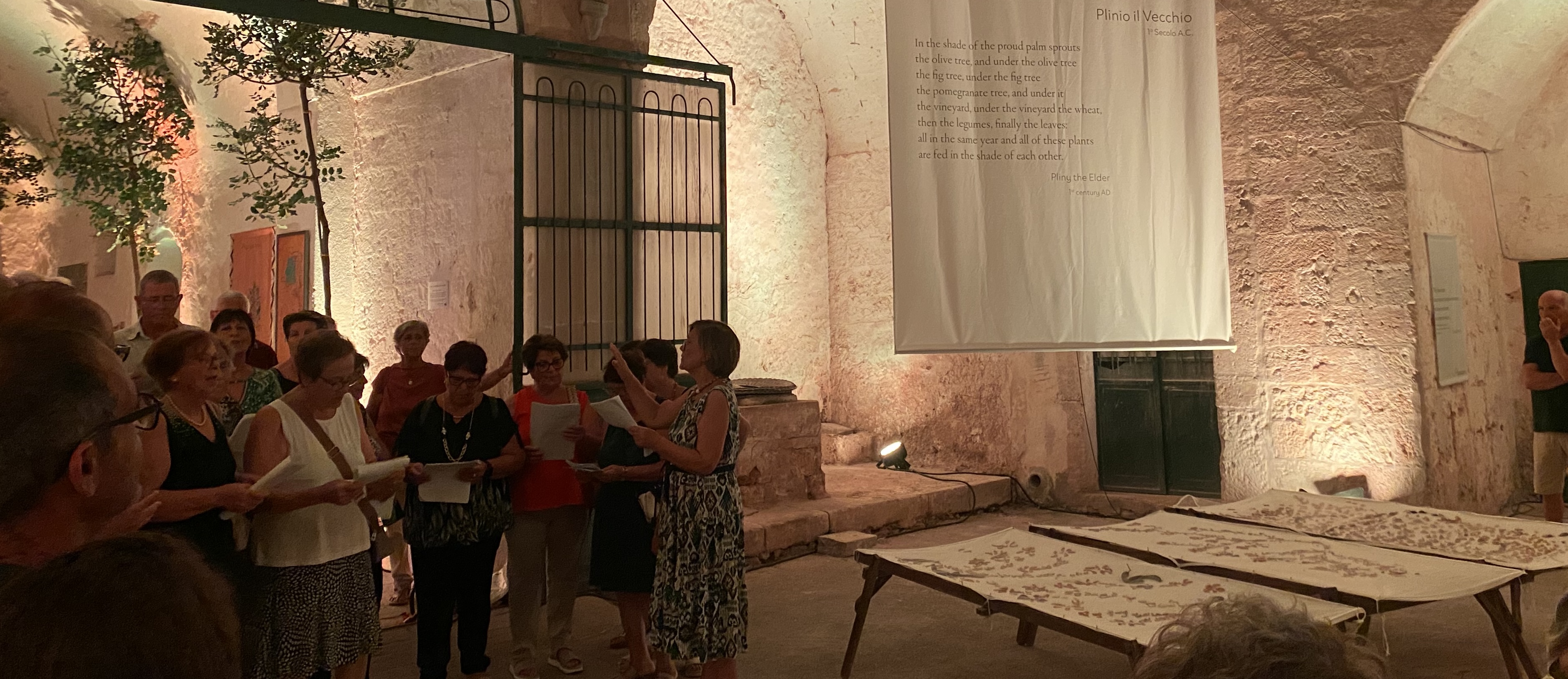
"Contested Soils", Brooklyn College, part of "Resisting the Divides: Contemporary Philosophy of Art"
16-09-2024
The discussion will be held by Paolo Bosca and Alessandra Faccini on the 7th october
More infos here: https://www.brooklyn.edu/event/resisting-the-divides-contemporary-philosophy-of-art/
Abstract
Any time two entities interact, they create an interface: a “material region characterised by
properties that make it radically different from the bodies whose encounter produces it” (Tripaldi,
2022). An interface is a relational space, where entities involved differentiate through a process of
change and mingling.
Two examples of societally engaged art (Holub & Kester, 2023) will be the core of a reflection on
the potentialities of co-participated and performative art practices as interfaces-creators between
humans and soils. These are S.a.L.E. Docks (Venice) and Casa Delle Agriculture (Apulia).
The former acts on one of the most contested soils of the present, water, by adopting activist
practices related to the city’s most pressing problems, like cruise traffic and touristification.
The latter focuses on art and agriculture as vehicles of awareness and new solutions to the poverty
of the region’s soils, caused by years of intensive olive and tobacco cultivation.
Both use participatory art practices, commoning and political activism to create opportunities for
generative exchange between people and the contested soil in which they live.
Through these examples, we aim to reflect on how art and philosophy can design material,
economic, aesthetic and political interfaces. This may suggest new readings of the interaction
between art, philosophy and society which becomes truly situated by addressing soil-related issues.
Finally, we would like to introduce the specific case of Borgo Mezzanone (Apulia), as we believe it
generates a short circuit within the argument. This village hosts the largest informal Italian
settlement where immigrant people, most of them working illegally as farm labourers, live below
the poverty line experiencing a dramatic situation of precarity, confinement and problematic
relationship with the outside society and the damaged soils. In this scenario, art could be a way to
interact and take care of a disadvantaged community, but it may also encounter the limits of its
agency. Thanks to our personal research involvement in a series of artistic activations in this place,
we would like to highlight the practical difficulties and ethical dilemmas that art and thought face
when confronted with such conditions.